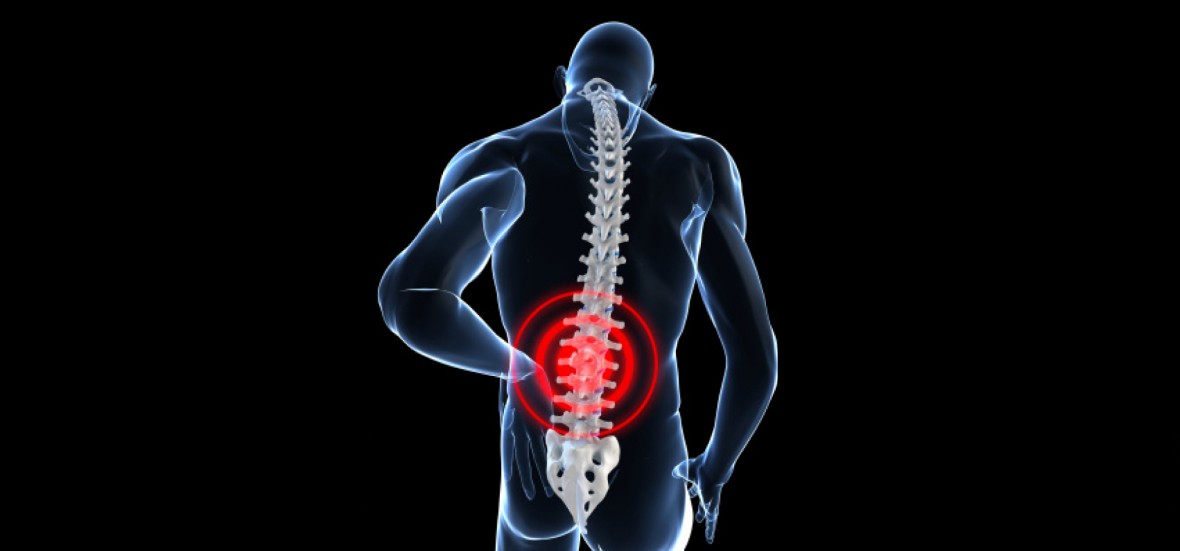Part 4
*Spondylolysis & Spondylolisthesis
Spondylolysis is caused by a fracture or loss of the posterior joint connecting one vertebral bone to another. This is the most common cause of low back pain in adolescent athletes that can be seen on X-rays. This stress fracture in one of the bones (vertebrae) that make up the spinal column usually affects the fifth lumbar vertebra in the lower back and, much less commonly, the fourth lumbar vertebra.
If the stress fracture weakens the bone so much that it is unable to maintain its proper position, the vertebra can start to shift out of place. This condition is called spondylolisthesis. If too much slippage occurs, the bones may begin to press on nerves and surgery may be necessary to correct the condition.
There may be a hereditary aspect to spondylolysis. An individual may be born with a thin vertebral bone and therefore may be vulnerable to this condition. Significant periods of rapid growth may encourage slippage.
In many people, spondylolysis and spondylolisthesis are present, but without any obvious symptoms. Pain usually spreads across the lower back and may feel like a muscle strain. Spondylolisthesis can cause spasms that stiffen the back and tighten the hamstring muscles, resulting in changes to posture and gait. If the slippage is significant, it may begin to compress the nerves and narrow the spinal canal.
In most cases, strengthening and stretching of the back and abdominal muscles along with physical therapy and a back brace can help to prevent future occurrences of this painful condition.
